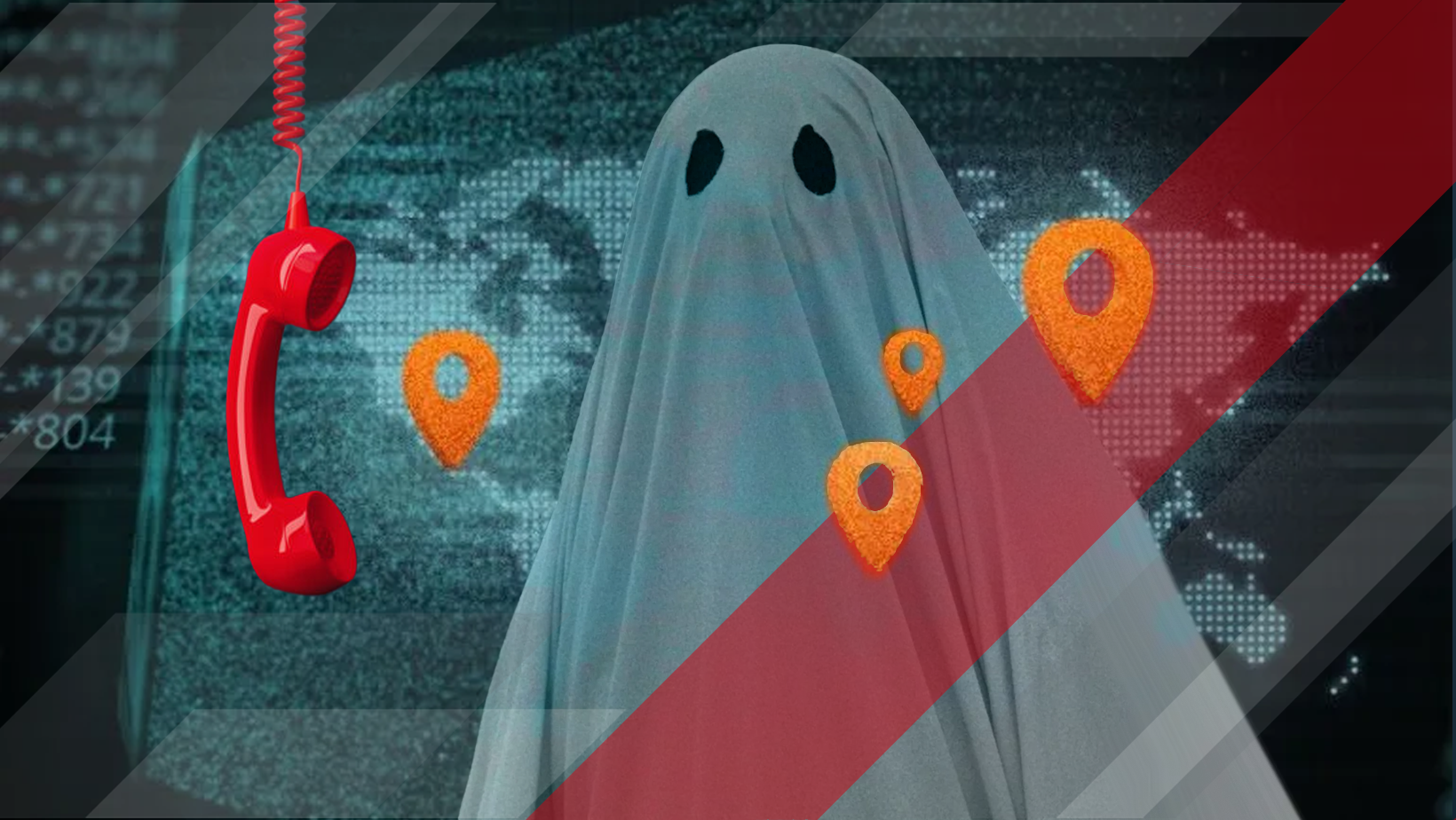HHS Report Reveals ‘Ghost Networks’ Undermining Medicaid Health Access
The Hidden Cost of Ghost Networks in Behavioral Health
Mental health care access continues to challenge insurers, providers, and patients alike. A recent federal investigation brings renewed urgency to a long-running issue: inaccurate provider directories that paint an unrealistic picture of available behavioral health resources. For insurers operating Medicare Advantage and Medicaid managed care plans, the findings are a reminder that network adequacy is not just a regulatory requirement, but a core component of delivering meaningful care.
“When three out of four providers listed are not actually available, the system simply cannot function as intended.”
HHS Office of Inspector General
When Directories Don’t Match Reality
The investigation found that many private insurers maintain directories packed with “ghost” providers who are inactive, no longer accepting patients, or impossible to reach. In some cases, nearly 75 percent of listed mental health clinicians were unavailable. Federal rules require directories to be updated quarterly or within 30 days of changes, but the report shows that compliance is uneven at best.
The implications are significant. Patients seeking behavioral health services frequently encounter disconnected phone numbers, full practices, or providers who have long since left the network. Each dead end adds friction to a process already fraught with emotional and logistical difficulty.
Arizona’s Experience Offers a Closer Look
Arizona, often viewed as an early innovator in Medicaid managed care through its AHCCCS program, illustrates how deeply rooted the issue can be. Insurers receive capitated payments to manage care, yet directories still include large numbers of inactive practitioners.
Across counties like Maricopa and Santa Cruz, the investigation revealed:
-
55 percent inactivity in Medicare Advantage provider listings
-
28 percent inactivity in Medicaid managed care listings
These gaps reflect a broader strain on the behavioral health workforce, particularly in rural and tribal communities where provider shortages are most severe.
Why Providers Are Leaving Networks
The report captured a consistent message from clinicians. Many cite the same two barriers:
-
Administrative burdens
-
Insufficient reimbursement rates
These pressures contribute to burnout, early exits from networks, and fewer providers willing to participate in managed care arrangements at all.
“The administrative load can outweigh the clinical work. It’s not sustainable.”
Arizona mental health provider interviewed in the investigation
A Path Forward
Federal officials recommend several avenues to improve provider accuracy and accessibility, including a centralized national directory and streamlined administrative requirements. State leaders at AHCCCS say they are prioritizing transparency efforts, reducing paperwork for providers, and investing in workforce development so that more clinicians enter and remain in the field.
The Patient Impact
Behind the data lies a stark truth. When behavioral health care is delayed, conditions worsen, crises escalate, and the overall cost of care increases. Ghost networks don’t just frustrate patients, they undermine outcomes.
A clearer regulatory framework, better enforcement, and more accurate provider management could go a long way toward closing today's behavioral health access gaps. For insurers and Medicaid managed care organizations, the message is clear: directory accuracy is foundational to member trust and equitable care delivery.
As the industry continues its push for better behavioral health integration, solving the ghost network problem represents a crucial step forward.


